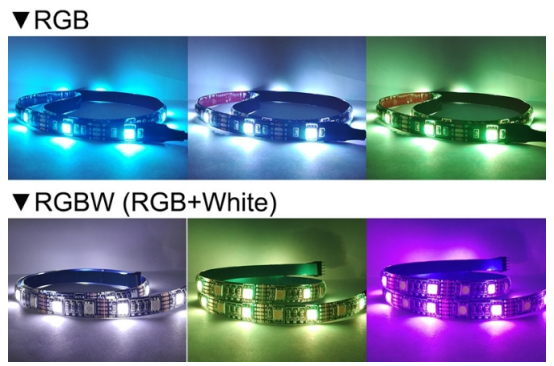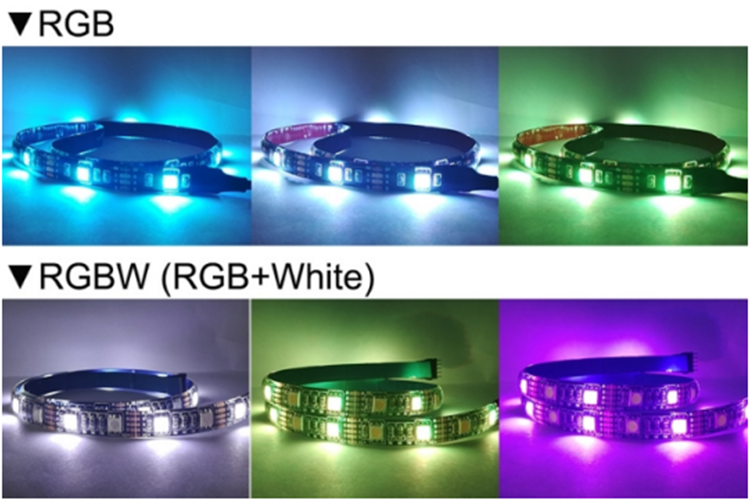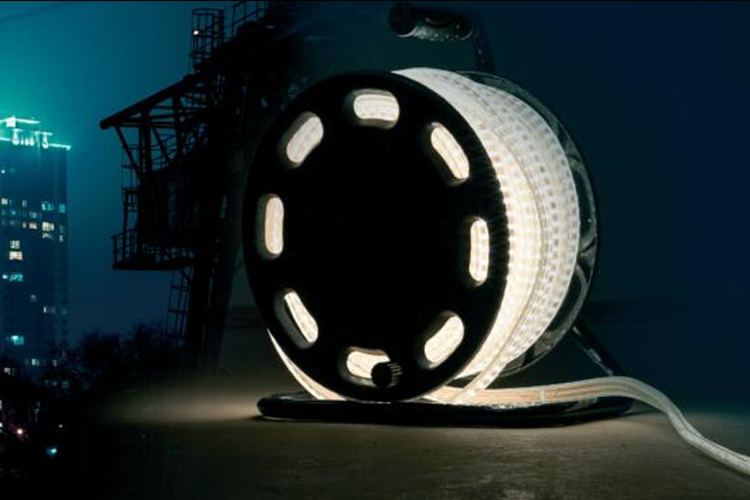In the ever-evolving realm of LED technology, the distinction between RGB and RGBW light strips is becoming increasingly significant. Both types of light strips offer unique advantages, but understanding their differences is crucial for achieving the desired lighting effects.

RGB light strips are composed of red, green, and blue LED chips, allowing for a wide range of colors to be projected. These strips are capable of creating vibrant hues by varying the intensity of the individual LEDs. However, when it comes to producing a true white light, RGB light strips can sometimes fall short, appearing either too cool or too warm.
On the other hand, RGBW light strips go beyond the basic triad of colors. With an additional white LED chip, they can emit a purer, softer white light that is closer to natural daylight. This added chip not only enhances the quality of white light but also broadens the color gamut, enabling more accurate color reproduction.
Moreover, RGBW light strips offer additional flexibility in terms of control. With separate control over the white and RGB channels, users can fine-tune the brightness and hue to achieve a range of effects, from subtle warm glows to vibrant color washes.
However, this added functionality and performance come at a cost. RGBW light strips are typically priced higher than their RGB counterparts. This is due to the additional white LED chip and the more complex circuitry required to control it.
While RGB light strips offer excellent color variety, RGBW light strips excel in producing a more natural and accurate white light. With their expanded color gamut and enhanced control options, RGBW light strips are the preferred choice for those seeking both aesthetic and functional lighting solutions.

















